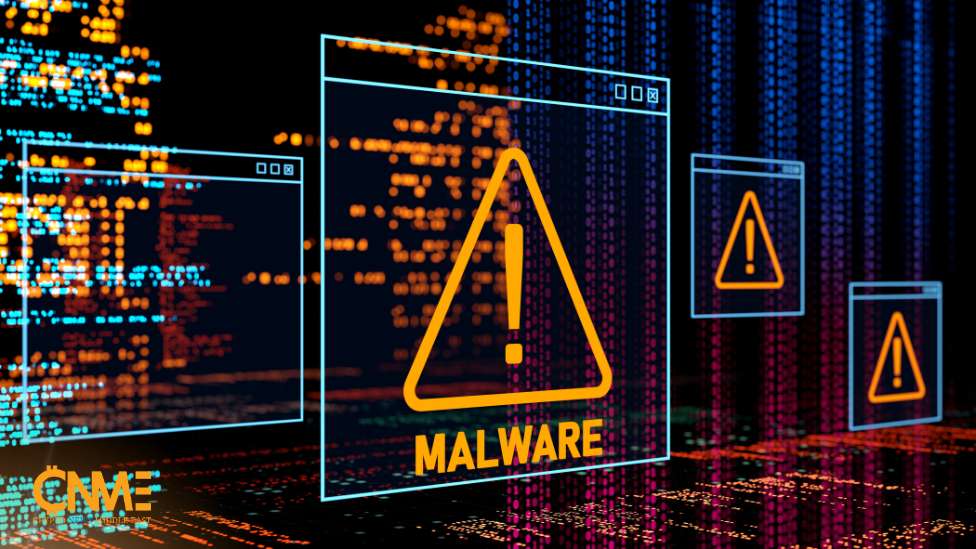Given the dynamic nature of cybersecurity threats, it is essential to maintain constant awareness, particularly when new threats such as crypto malware gain popularity. Notably, over 300 million crypto malware attacks were documented in the first half of 2023 alone, an approximately 400% increase over the same time in 2022, according to the most recent data. This troubling pattern emphasizes a major change in the nature of cybercrime, with an emphasis on crypto malware.
Crypto malware attacks involve the use of a particular type of malicious software designed to mine cryptocurrency using computer processing power, a technique called cryptojacking. It is common practice to mine cryptocurrencies that value anonymity using stolen computing power. An example of such cryptocurrencies is Monero (XMR), which is well-known for its intricate obfuscation methods that make it challenging for authorities to monitor transactions effectively.
Table of Contents
ToggleWhat are Crypto Malware Attacks?
The Rise of Cryptojacking: Trends and Implications for Cybersecurity
The method of cryptojacking first surfaced in 2017 when Coinhive released the first publicly available software for it. With the release of this script, webmasters were able to include mining code into their websites, starting a trend that has seen a spike in the volume of crypto malware attacks over time.
Attacks using crypto malware are becoming more frequent, which indicates a shift away from disruptive methods like ransomware and toward more passive ones. This change is explained, according to cybersecurity experts, by the fact that cryptojacking is less dangerous than ransomware attacks, which grab attention. The legal ambiguity surrounding crypto mining also aids evasion of investigation, thus rewarding fraudulent parties.
The low cost of stealing computing power and the ease with which the loot could be turned into currency make crypto malware attacks particularly attractive. Cryptojacking is difficult to detect because it takes use of low-level vulnerabilities such as browser flaws, unlike traditional malware.
The increasing use of Internet-of-Things (IoT) devices, which often have less security than computers, increases the attack surface for hackers and contributes to the rise in crypto malware attacks.
It is vital to add that ransomware and crypto malware are not the same. Ransomware encrypts files for extortion, while crypto malware mines crypto without permission. Hackers spread crypto malware in many ways, including by running scripts that mine cryptocurrency, putting malware in ads and websites, using cloud-based infrastructure, exploiting software flaws, and adding malicious browser extensions.
How To Identify Evidence of Crypto Malware
Attacks using crypto malware might cause strange network activity, slow performance, and higher CPU usage. In order to lessen the impact of these threats, several preventive measures can be implemented, such as updating operating systems and software, using trustworthy antivirus and anti-malware software, exercising caution when opening email attachments and links, downloading software from reputable sources, configuring firewalls, and installing anti-crypto jacking browser extensions.
Takeaways
Given the fluid nature of regulatory priorities and the ongoing evolution of cybercriminals’ strategies, it looks like crypto-malware attacks will only become more common in the future. Cyberattacks are still hard to stop because people don’t know enough about them. This shows how important education is for making security stronger against new threats.











